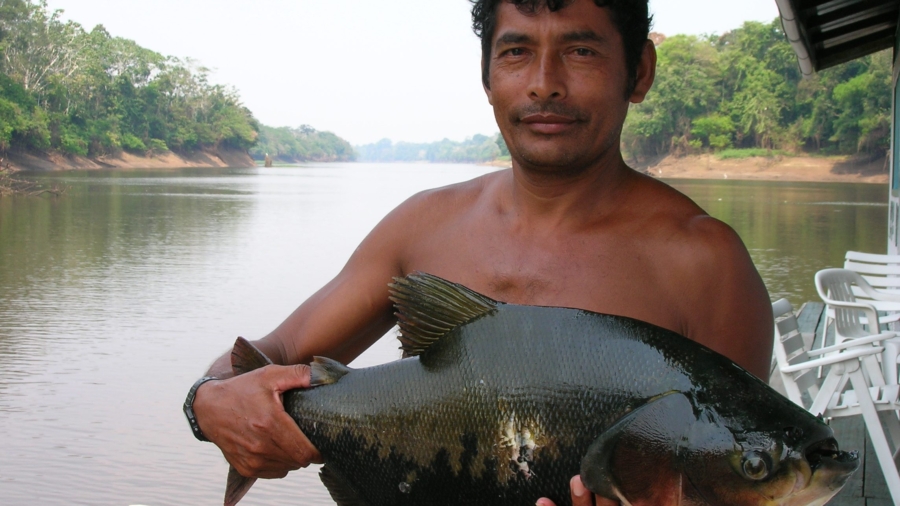
Funded by NSF, this project involving six countries will develop scenarios of biodiversity and ecosystem services for selected “whitewater” river floodplains of the lowland Amazon. Seasonally inundated by nutrient-rich sediments, these floodplains have historically been centers for human settlements practicing subsistence agriculture supplemented by fishing and hunting; whitewater floodplain districts are thus the most densely populated rural areas in central Amazonia. Over the past several decades, commercial jute cultivation, commercial fisheries, and the expansion of cattle ranching have disrupted traditional patterns of resource use. These impacts have been felt most heavily on the lower Amazon, where about half the floodplain forest cover was lost since the late 1970s. This reduced floodplain forest cover threatens both biodiversity and ecosystem services, since fish biodiversity and fisheries yields are strongly associated with floodplain forest cover. Our project group will assess the dependency of fishery yields by local fishing communities on floodplain hydrological connectivity and habitat structure.

